European Pond Turtle
$145.00 $135.00
European Pond Turtles inhabit the slow moving rivers and streams of Spain, Portugal, France Greece and Italy.
european pond turtle ac valhalla | european pond turtle | european pond turtle valhalla | valhalla european pond turtle
Etymology
The subspecific name eiselti is in honor of Viennese herpetologist Josef Eiselt (1912–2001).
subspecific name fritzjuergenobsti is in honor of German herpetologist Fritz Jürgen Obst (1939–2018).
And the subspecific name lanzai is in honor of Italian herpetologist Benedetto Lanza.
Range and habitat of european pond turtle for sale
E. orbicularis is found in southern and central Europe, West Asia and North Africa.
In the early post-glacial period, the European pond turtle had a much wider distribution, being found as far north as southern Sweden.
In France, there are six large remaining populations, all deteriorating; it is the most endangered reptile of the country.
In Switzerland, the European pond turtle was extinct at the beginning of the twentieth century and reintroduced since 2010.
It prefers to live in wetlands surrounded by a large proportion of natural, wooded, landscape.
It also feeds in upland environments.
and it is occasionally found travelling up to 4 km (2.5 mi), away from the water.
Biology
Morphology
The European pond turtle is a medium-sized turtle,
and its straight carapace length varies quite a bit across its geographic range, from 12 to 38 cm (4.7 to 15.0 in).
The carapace is dark brown to blackish, with a hint of green, The plastron is yellowish.
An important factor that affects the development of E. orbicularis is temperature and thermal conditions.
It has been reported that differential growth rates of the same species occur, including variation of body size and clutch size,
because of varying temperatures in certain areas.
Due to evident patterns of sexual dimorphism, E. orbicularis adult males are always found to be smaller than females.
In males, smaller plastra offer them a wider mobility compared to females.
In females, due to their differential diet and foraging habits, there may be a correlation to an adaptive effect on their skull and head morphology.
Diet
It eats a mixed diet of plants and animal matter that can increase the efficiency of its digestive process.
It has been reported that an adult’s diet starts from a carnivorous diet and progresses to a more herbivorous diet as it ages and grows in size.
This is similar to other omnivore emydid turtles.
As E. orbicularis grows in age and becomes an adult, the amount of plant material consumption increases during the post breeding period.
It may prefer less energetic food after the breeding season, a period of time where most of its energy is spent to recover from reproduction.
Once the location of the nest is established, females spend time for the construction of the nest, laying of the eggs, and closing the nest which mostly take up to another 4 hours.
Nesting
The search of a nesting areas by adult females can last several hours to more than one day.
Once the location of the nest is establishe, females spend time for the construction of the nest, laying of the eggs, and closing the nest which mostly take up to another 4 hours.
Nest fidelity is a characteristic that female European pond turtles carry out by selecting a nesting site based on its ecological characteristics and
then return there for future expeditions so long as the site has not changed.
It females tend to change to another nesting site if there are visible changes to the present environment or because of dietary changes.
If an E. orbicularis female must change from nest to nest, it will typically select a site in close proximity.
In addition, females can also lay eggs in an abandoned nesting site if the conditions change to become better suited for egg survival.
Moreover If the ecological characteristics of the nesting site changes, this may influence the survival of the hatchlings and their sex ratio.
Due to ecological changes such as trees growing to shade the nest,
this can change the environment into an inadequate location for egg incubation.
Females that do not exhibit nesting fidelity and lay eggs in the same area for long periods of time,
even with the ecological changes,
may produce large proportions of males as vegetation grows and nesting areas become more shaded.
Since the sex of these turtles is temperature-dependent,
a change in temperature may produce a larger number of males or females which may upset the sex ratio.
Mortality
Climate has an effect on the survival of E. orbicularis hatchlings. Hatchlings are only able to survive under favorable weather conditions,
but due to regular annual clutch sizes and long lifespan, E. orbicularis adults, along with many freshwater turtles, balance out loss of hatchlings because of climate.
The building of roads and driving of cars through natural habitats is a possible factor that threatens
the populations of the European pond turtle.
It can live over 100 years, but such longevity is rare.
Road networks and traffic often carry complex ecological effects to animal populations such as
fragmenting natural habitats and creating barriers for animal movement.
Mortality on the road is most likely due to females selecting nests near roads
which places a potential danger for the hatchlings as well.
Although the possibility of roads being a major causation for the mortality of E. orbicularis is a rare phenomenon, long-term monitoring is necessary.
Introduced exotic species such as Trachemys scripta scripta and T. s. elegans, known commonly as Florida turtles, also put in danger the native Emys species in many parts of Spain
(and possibly in other parts of southern Europe),
since these exotic turtles are bigger and heavier than the native pond turtles.
The usual life span of E. orbicularis is 40–60 years.
It can live over 100 years, but such longevity is rare.
Parasites
It hosts several species of parasites, including Haemogregarina stepanovi,
monogeneans of the genus Polystomoides, vascular trematodes of the genus Spirhapalum, and many nematode species.
- baby european pond turtle
- european pond turtle for sale uk
- european pond turtle uk
- where to find european pond turtle



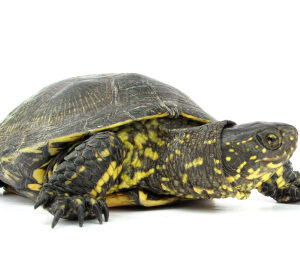
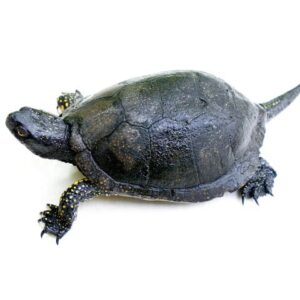

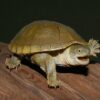



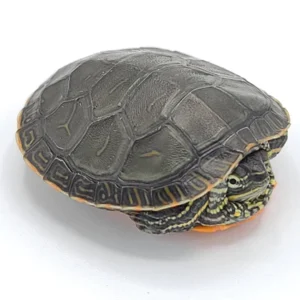
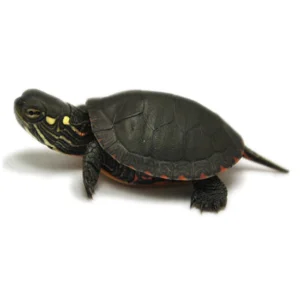
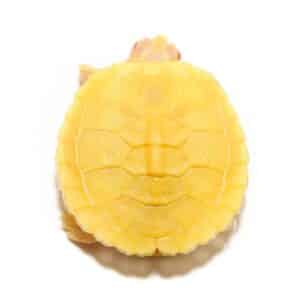
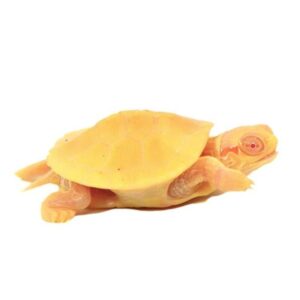
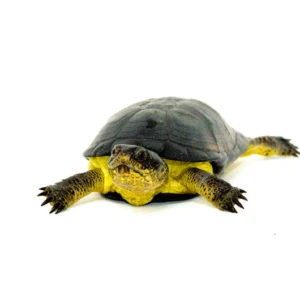
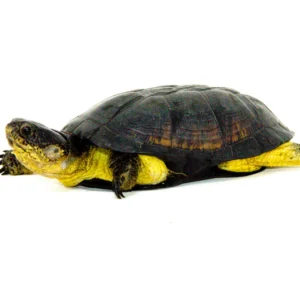
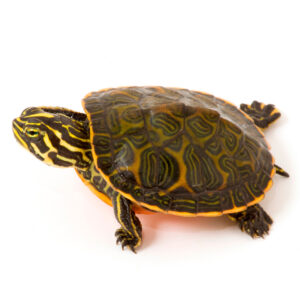

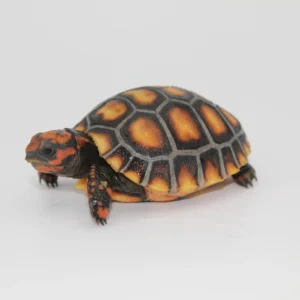
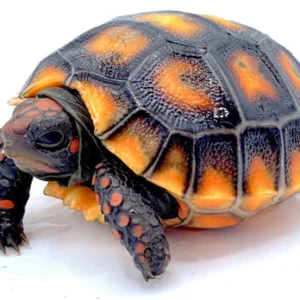



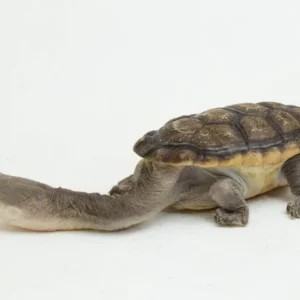
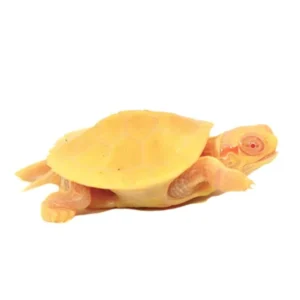
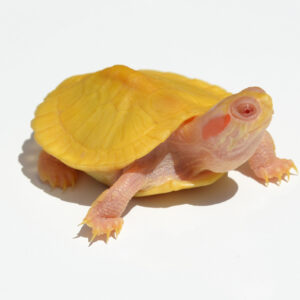
Reviews
There are no reviews yet.